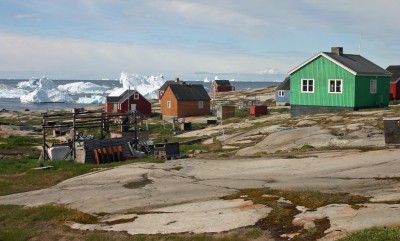
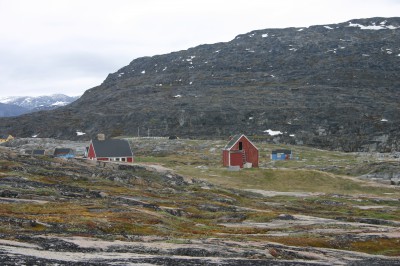
If you are
looking for some down time, totally unplugged, away from television and
cyberspace, I suggest you go to the laid back, pretty little village of Oqatsut
not far north of Ilulissat.
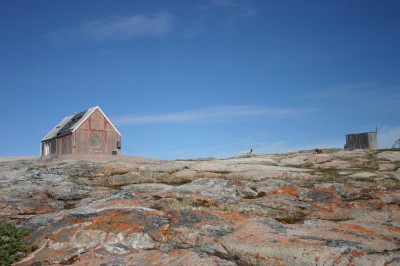
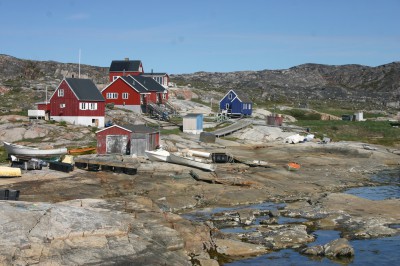
Depending
on the type of boat you go in, it takes about 45 minutes through a labyrinth of
impressive icebergs to get there. The boat trip has me going camera crazy
again. I cannot get enough of these icebergs.

Oqatsut is
probably not the place to go for action-seeking people with ants in their
pants. 
To fully
enjoy your stay in Oqatsut you need to be able to derive pleasure from at least
one of the following activities:
·
sitting
for hours watching icebergs floating by on the water
·
watching
socks drying in the rain
·
taking
repeated walks in the village that has only 35 inhabitants plus a corresponding
number of sled dogs
·
enjoying
the view from a bench on high overlooking the fjord
·
eating
seal fat and whale skin at the amazingly good restaurant
·
reading
a book with lots of pages
·
having
long conversations over lazy breakfasts with your fellow 4-5 travellers
·
striking
up a conversation with whoever crosses your path during the day
·
taking
photos of icebergs, lichen-covered rocks, colourful houses, and sled dogs
·
discovering
a Danish-Greenlandic dictionary so you can look up all the words for “snow”,
“ice” and “seal”
I enjoy all
of these things, so spending time here is very pleasant.
I sit for hours on the rocks at the edge of the village and watch the icebergs. Twice I
hear a deep “boom” which means that an iceberg has just calved.
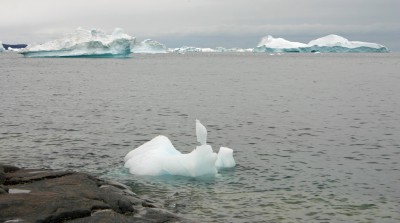
I watch a
particular iceberg for a very long time, waiting for the skinny part of it to
melt and fall off. Suddenly the whole iceberg loses its balance and rolls over.
Then it presents another shape for me to look at.
I also
spend lots of time strolling through the village. One day, I spend time looking at and taking
pictures of the dogs. A local man feeds his dogs their daily ration of fish and
he waves at me to come on up and join him. I do so, and get up close and
comfortable with his group of dogs, that includes roly-poly puppies that are so
fat they are almost square.

Another day
I wander behind the village’s restaurant and discover the graveyard, where the
dead are buried so they have a view of the sea.

On my final
evening in Oqatsut I treat myself to Greenlandic specialties consisting of
Greenlandic sushi, seal blubber (I can really get addicted to that, even though
it sounds weird), dried seal meat, dried cod (kind of a feathery texture),
dried ammassat (small fish), and whale skin (rather chewy – a bit like squid). The
evening before I ate whale meat, which was very delicious.
So much excitement in just two days and two nights!



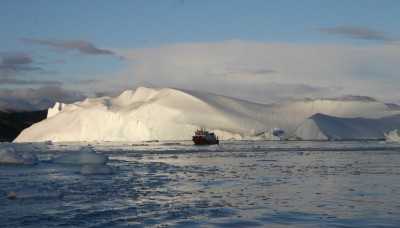
 My most
My most
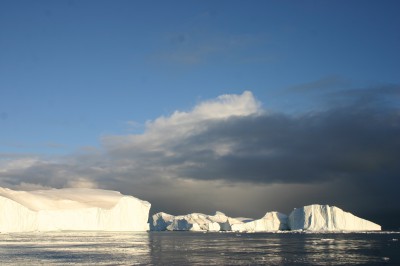 The boat is
The boat is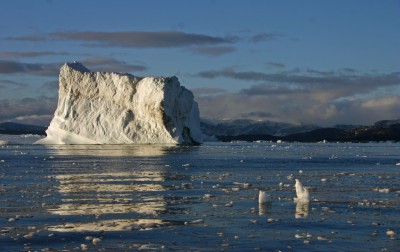 One of the crew fishes up a block of ice with an ancient history for us to touch:
One of the crew fishes up a block of ice with an ancient history for us to touch: 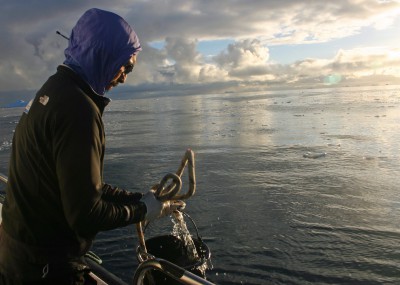
 The best thing of all is the light. Ominous dark snow clouds still hover in the sky while the midnight sun lends a warm glow to the icebergs and they take on many shades of white, grey, blue, turquoise and aquamarine.
The best thing of all is the light. Ominous dark snow clouds still hover in the sky while the midnight sun lends a warm glow to the icebergs and they take on many shades of white, grey, blue, turquoise and aquamarine. 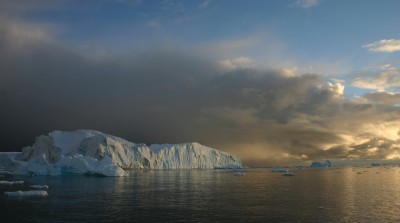 Once again it goes to prove that Mother Nature is the best artist. We humans can merely hope to copy, capture and let ourselves be inspired.
Once again it goes to prove that Mother Nature is the best artist. We humans can merely hope to copy, capture and let ourselves be inspired.
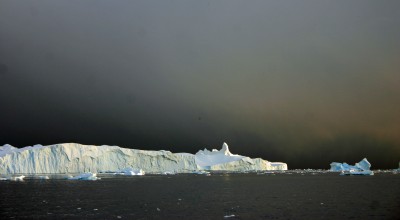

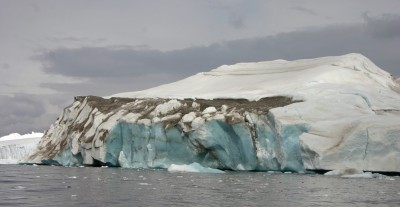

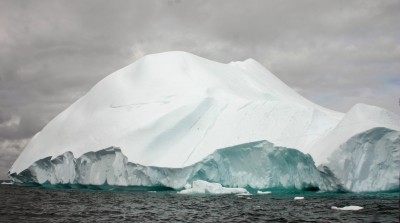
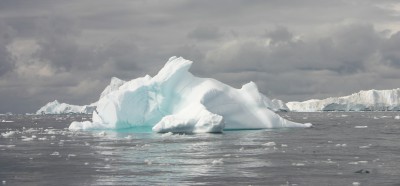 Her name is
Her name is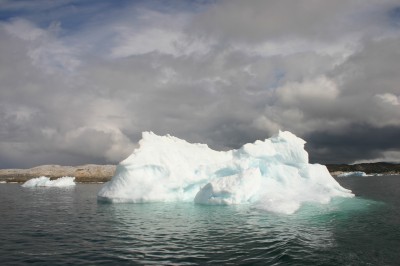
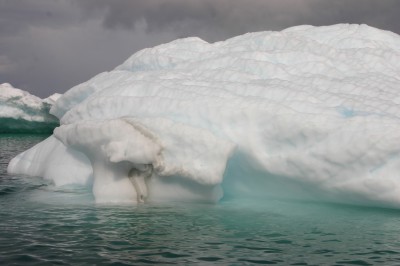

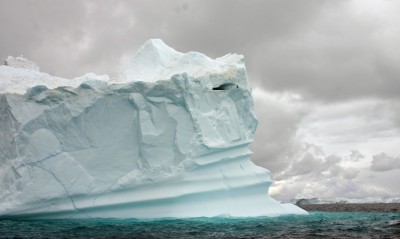
 Today my boat trip brings me to the tiny village of Iliminaq located south of Ilulissat. I sit outside on the small motorboat and enjoy views of the icebergs as we zip by. I snap unreasonable amounts of pictures.
Today my boat trip brings me to the tiny village of Iliminaq located south of Ilulissat. I sit outside on the small motorboat and enjoy views of the icebergs as we zip by. I snap unreasonable amounts of pictures. 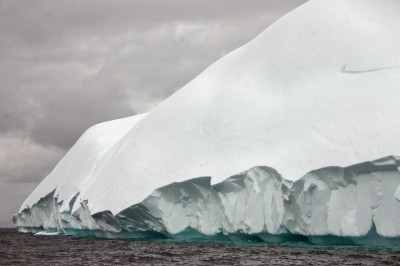
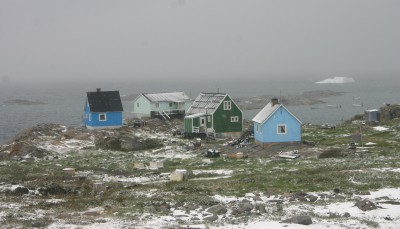
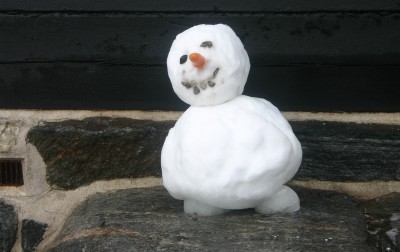
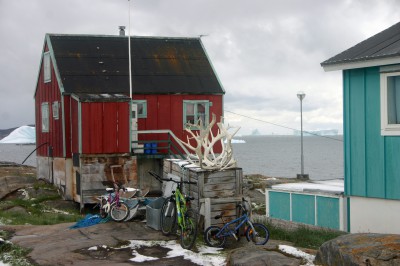
 Many of the rocks are covered with bright orange lichen:
Many of the rocks are covered with bright orange lichen: 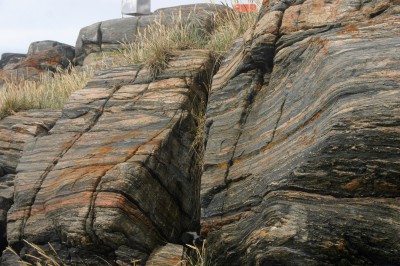 The main
The main

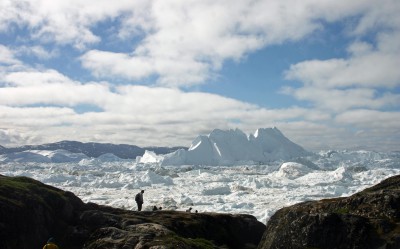
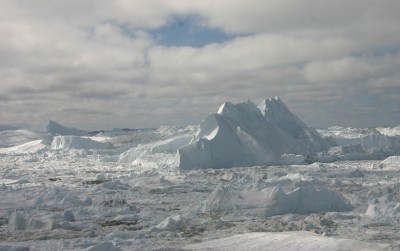
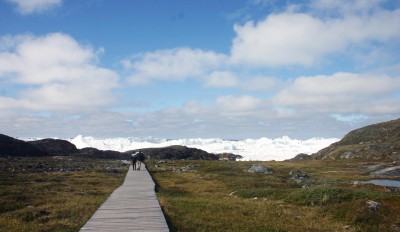 Fortunately,
Fortunately,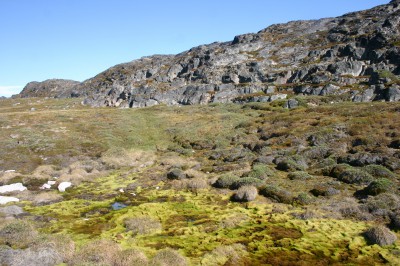


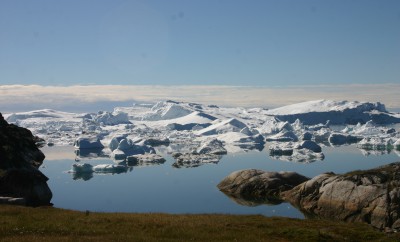

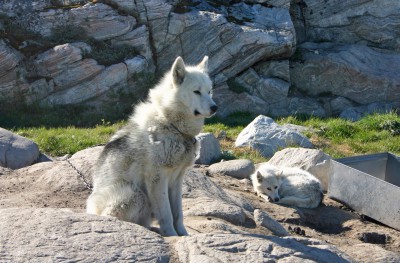

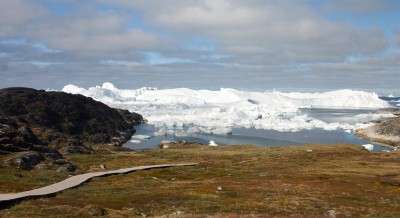
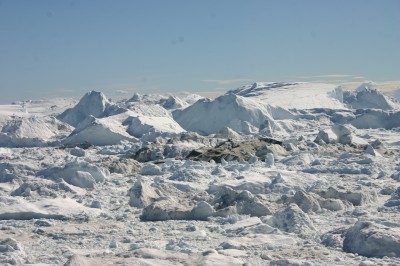 A hilly,
A hilly,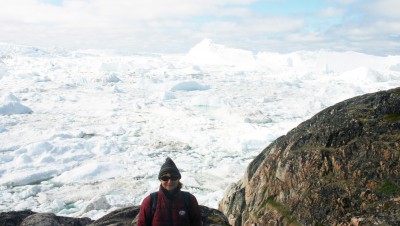 Here I am wearing my beloved Merino wool hat bought in New Zealand, my winter jacket bought in British Columbia and long underwear bought in Toronto.
Here I am wearing my beloved Merino wool hat bought in New Zealand, my winter jacket bought in British Columbia and long underwear bought in Toronto. 
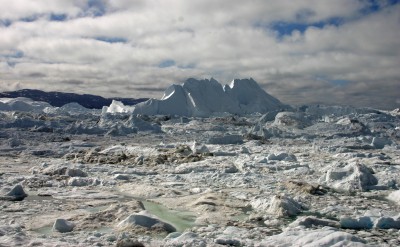



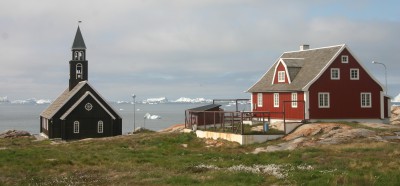

 This is what the fjord and the icebergs look like at midnight:
This is what the fjord and the icebergs look like at midnight: 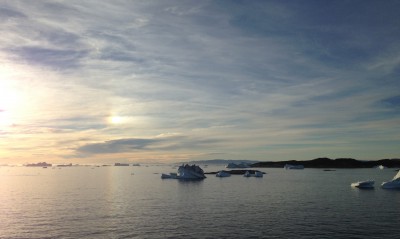


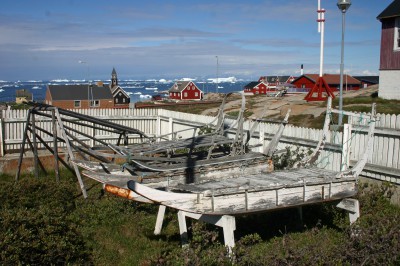 The museum also has a traditional peat hut, which is quite cosy inside:
The museum also has a traditional peat hut, which is quite cosy inside: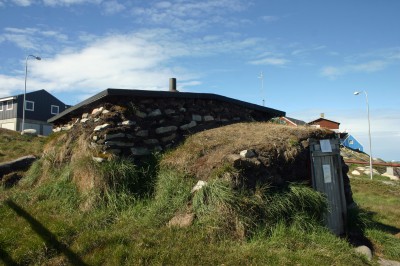
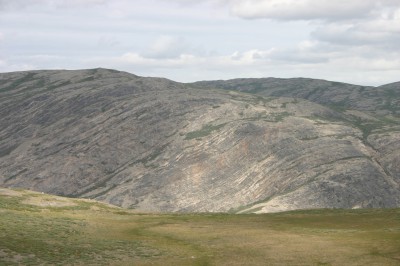 Every day the midnight sun makes a cursory dip towards the horizon like a plane tilting its wings in greeting to people on the ground before rising once more. It can therefore be challenging to sleep. It is like going to bed in the middle of the day. Nevertheless, I get used to it and try to maintain a regular sleep schedule.
Every day the midnight sun makes a cursory dip towards the horizon like a plane tilting its wings in greeting to people on the ground before rising once more. It can therefore be challenging to sleep. It is like going to bed in the middle of the day. Nevertheless, I get used to it and try to maintain a regular sleep schedule. 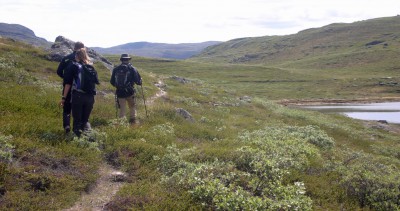 Today, I go on a hike in the hills a few kilometres away from Kangerlussuaq with a local guide and two other tourists from Denmark. We walk for hours in the mountains and at the end of the afternoon I feel like I have hiked 20 kilometres, although it was only 10.
Today, I go on a hike in the hills a few kilometres away from Kangerlussuaq with a local guide and two other tourists from Denmark. We walk for hours in the mountains and at the end of the afternoon I feel like I have hiked 20 kilometres, although it was only 10. 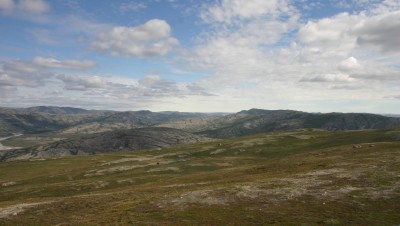
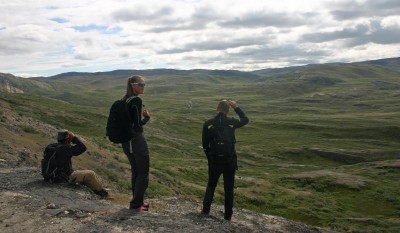 The air is
The air is
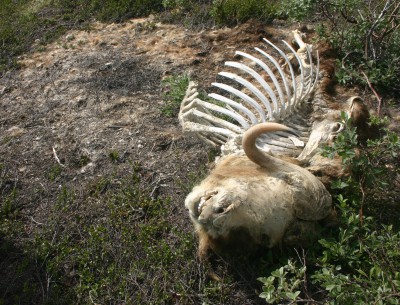 We stop for lunch on a hill overlooking lovely Lake Ferguson and eat homemade buns with homemade muskoxen liver pâté. Yum!
We stop for lunch on a hill overlooking lovely Lake Ferguson and eat homemade buns with homemade muskoxen liver pâté. Yum!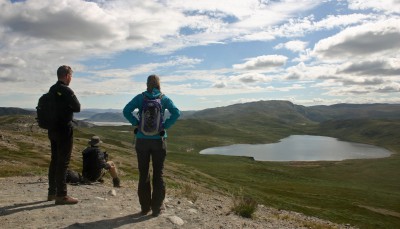 Not long after we resume our hike we spot a
Not long after we resume our hike we spot a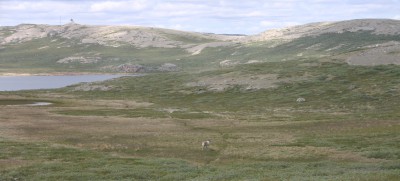
 Later on, we spot a solitary muskox grazing in
Later on, we spot a solitary muskox grazing in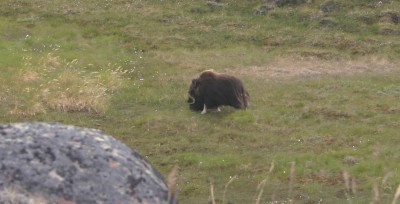

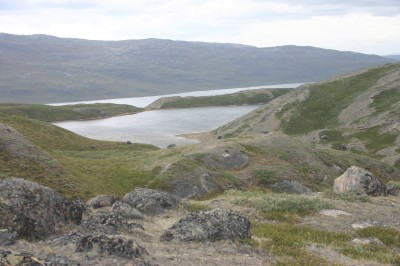 At the end of the afternoon, rosy-cheeked and exhausted from the abundance of fresh air and exercise, I part ways with the others in the group. They assure me that when I get to my next destination, Ilulissat, there are pretty amazing things in store for me – among others a UNESCO World Heritage Site.
At the end of the afternoon, rosy-cheeked and exhausted from the abundance of fresh air and exercise, I part ways with the others in the group. They assure me that when I get to my next destination, Ilulissat, there are pretty amazing things in store for me – among others a UNESCO World Heritage Site.





 This is
This is

